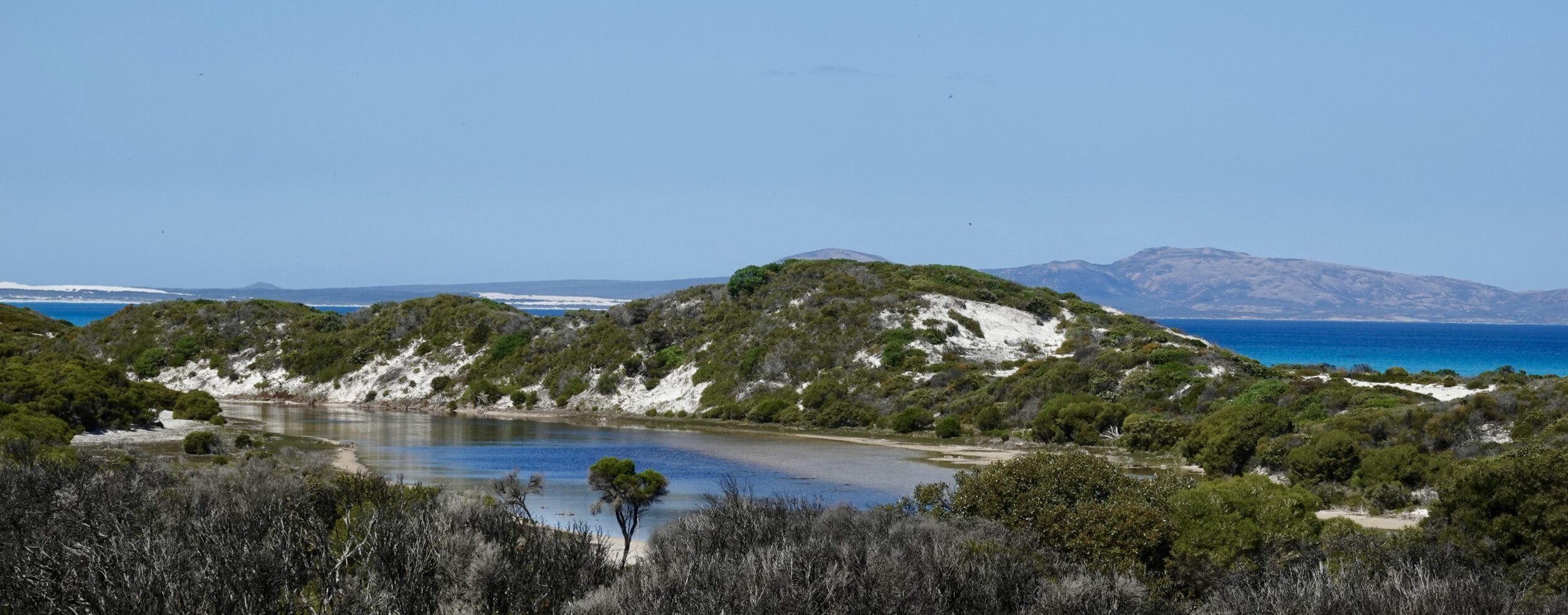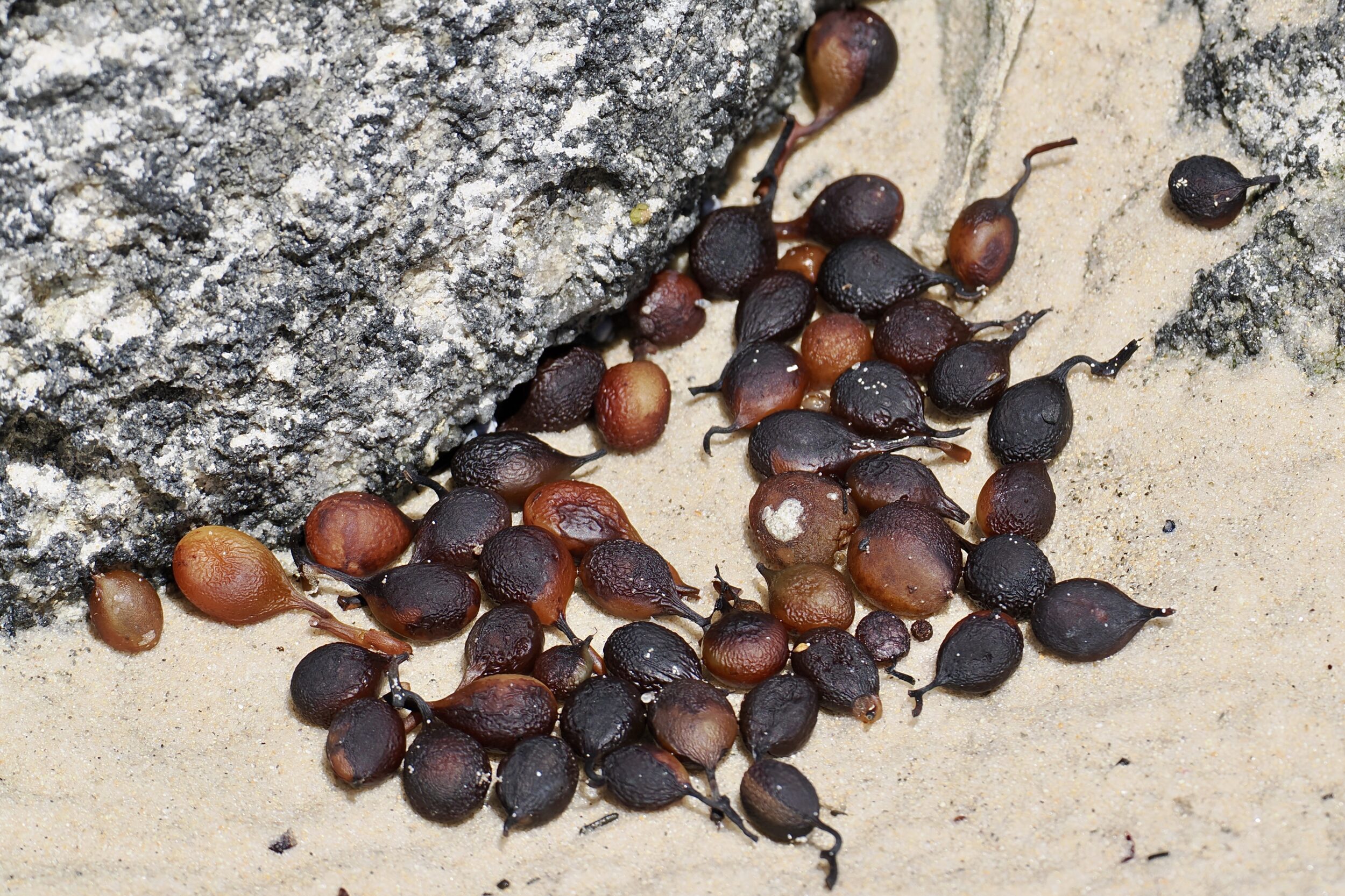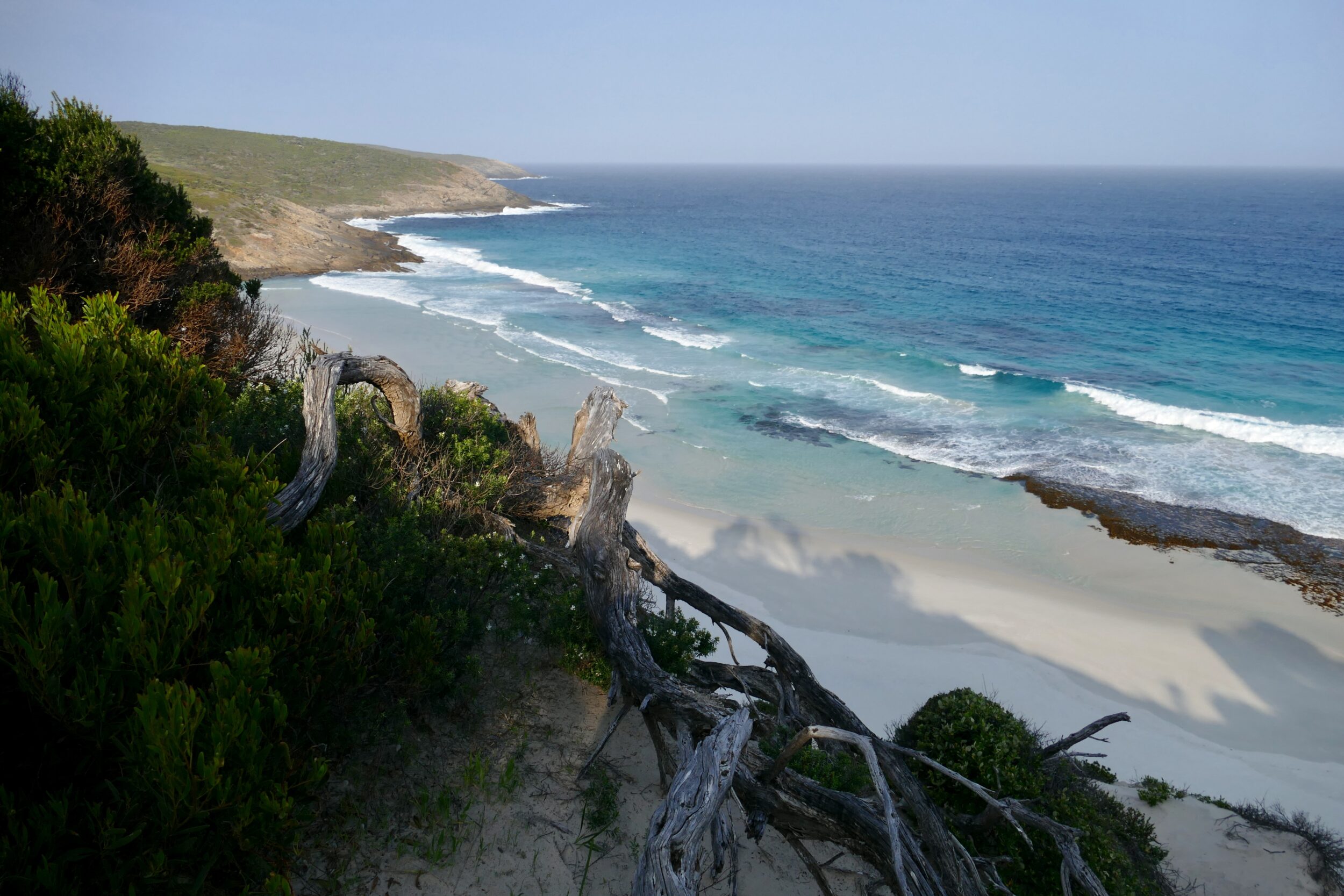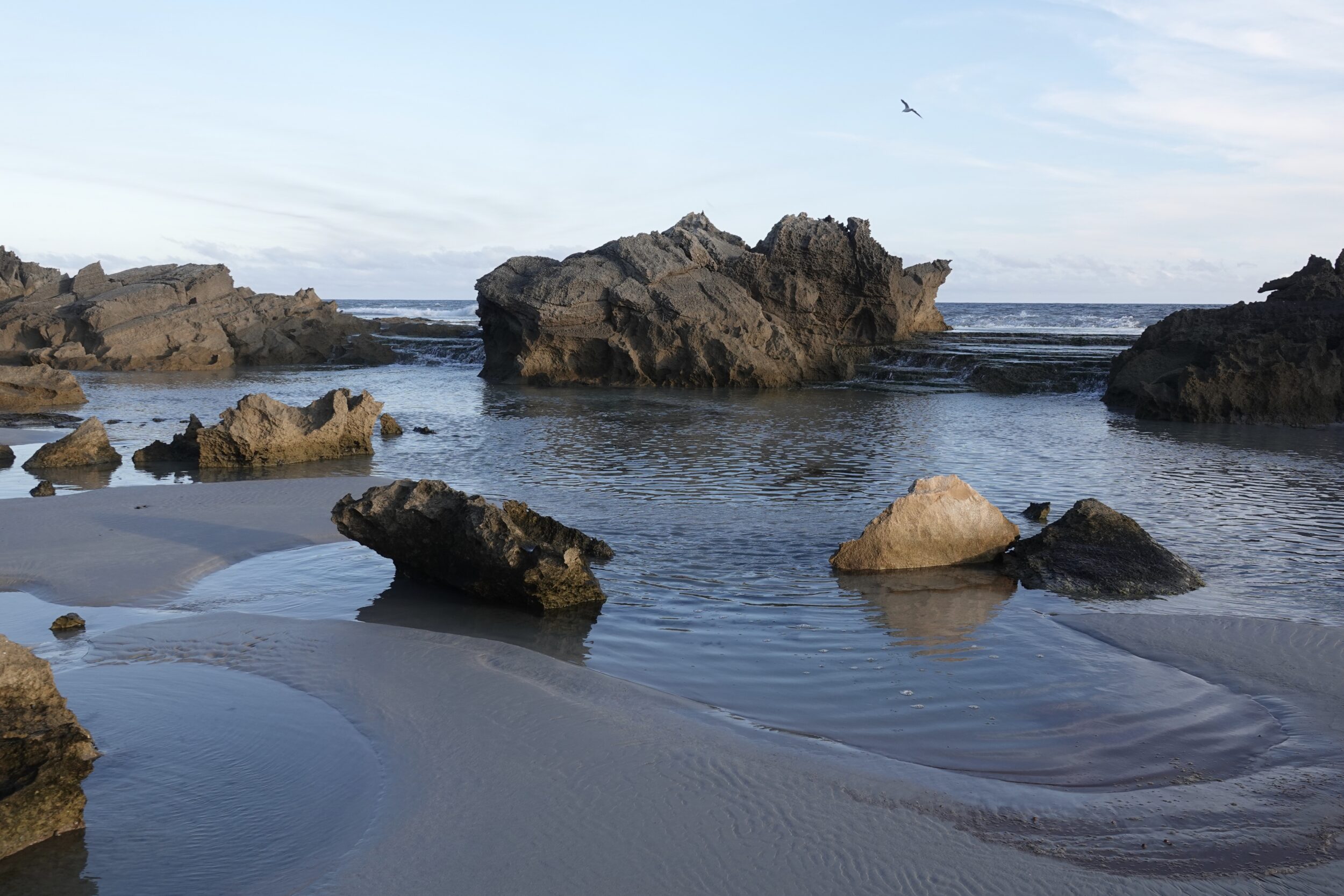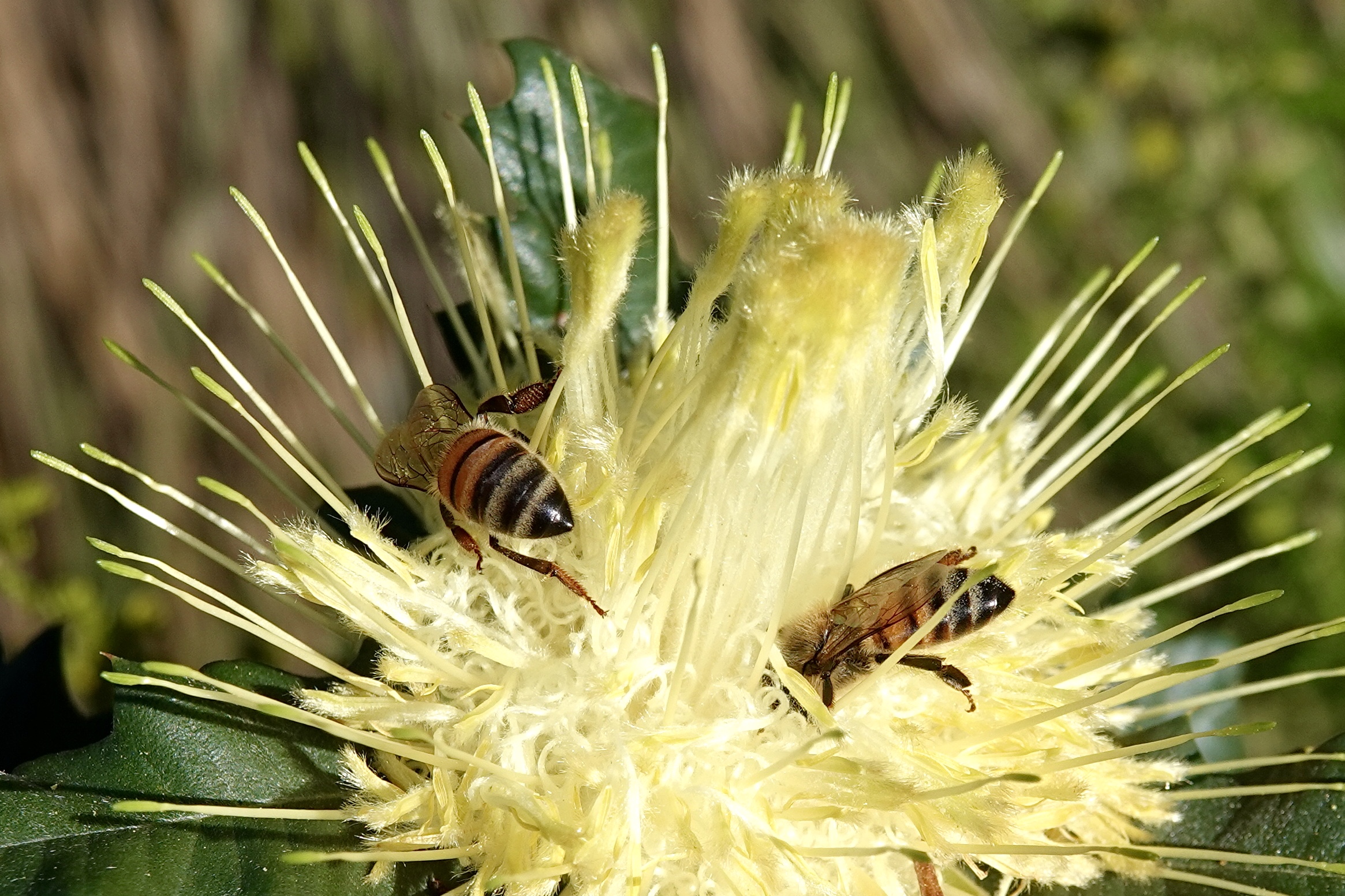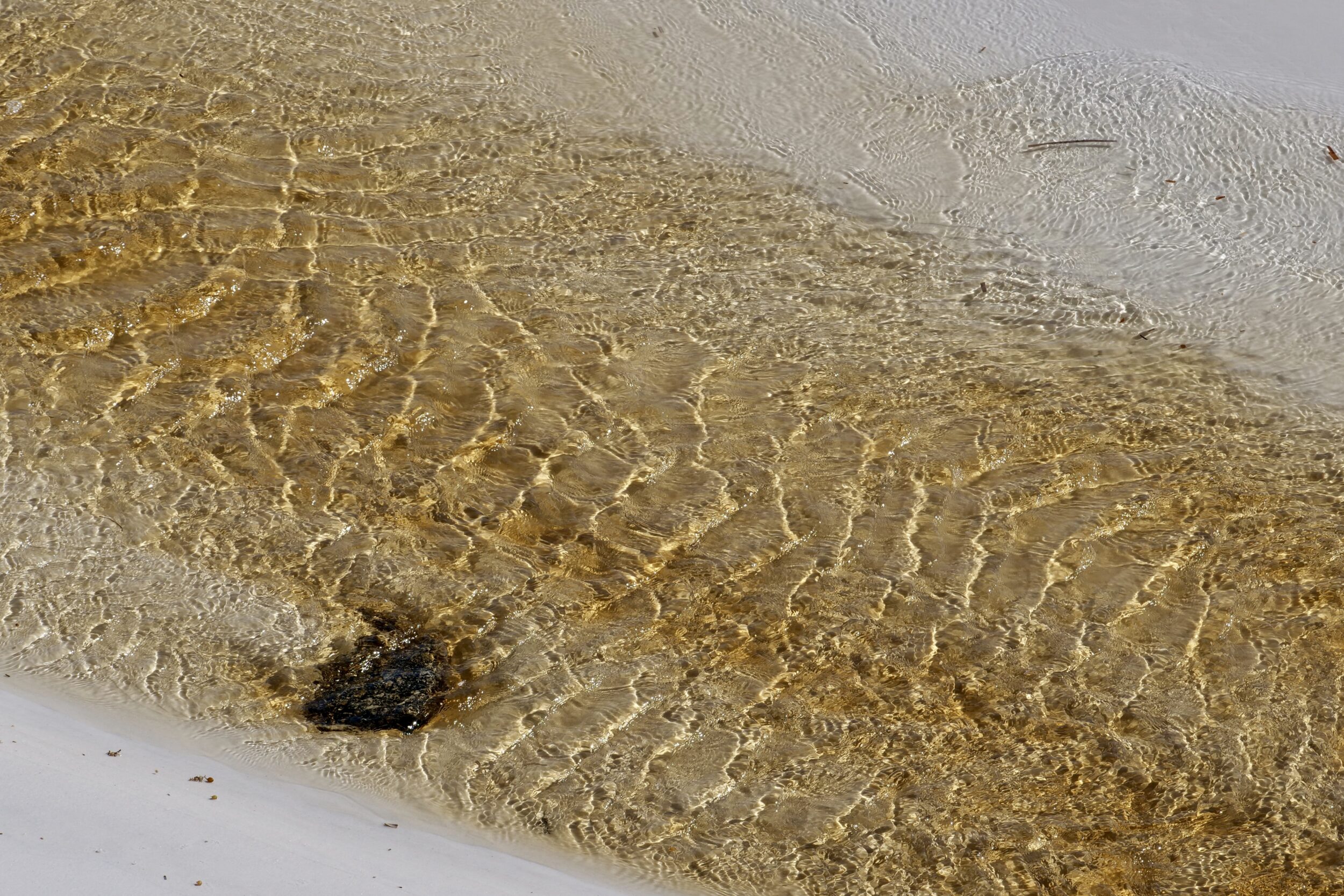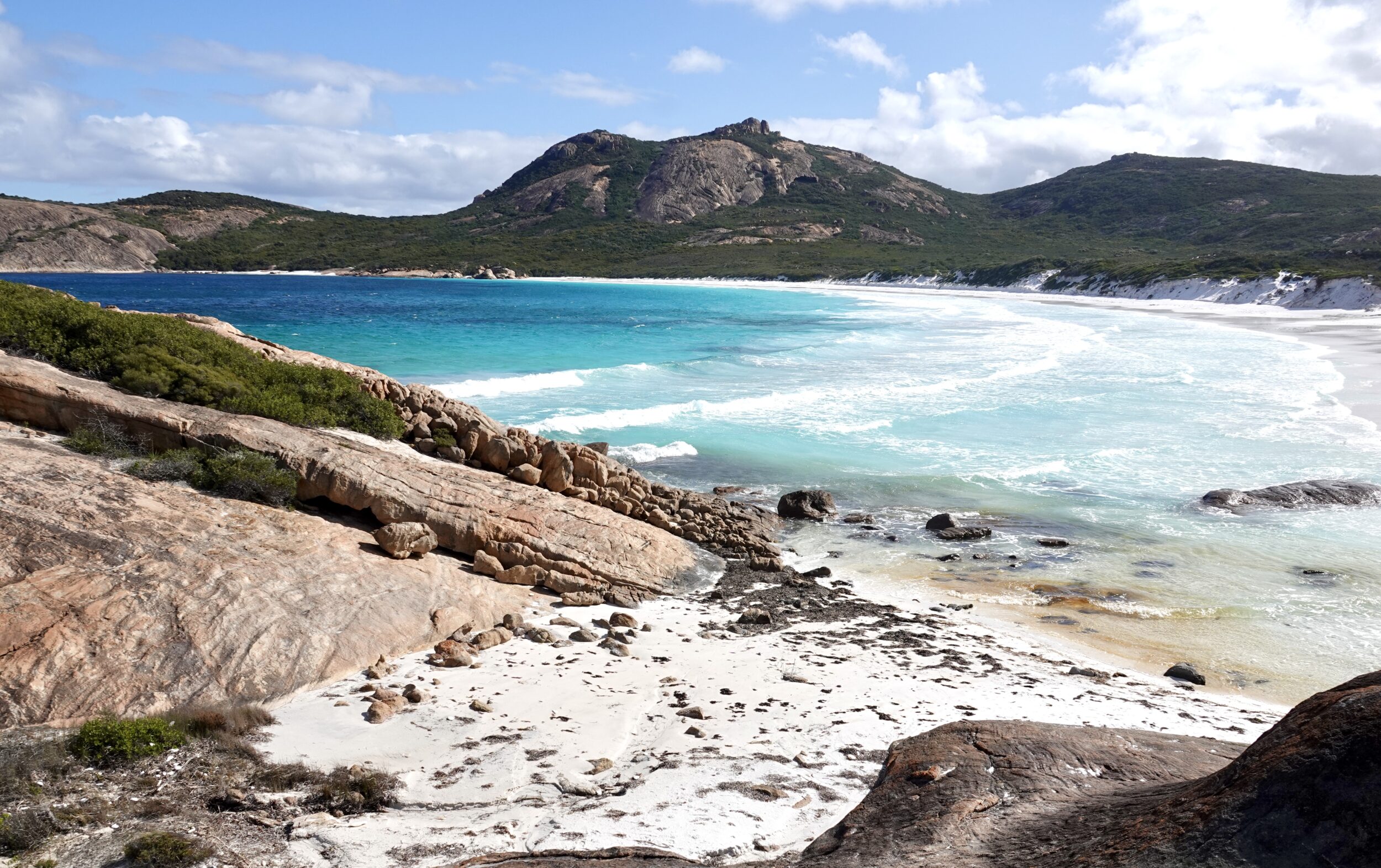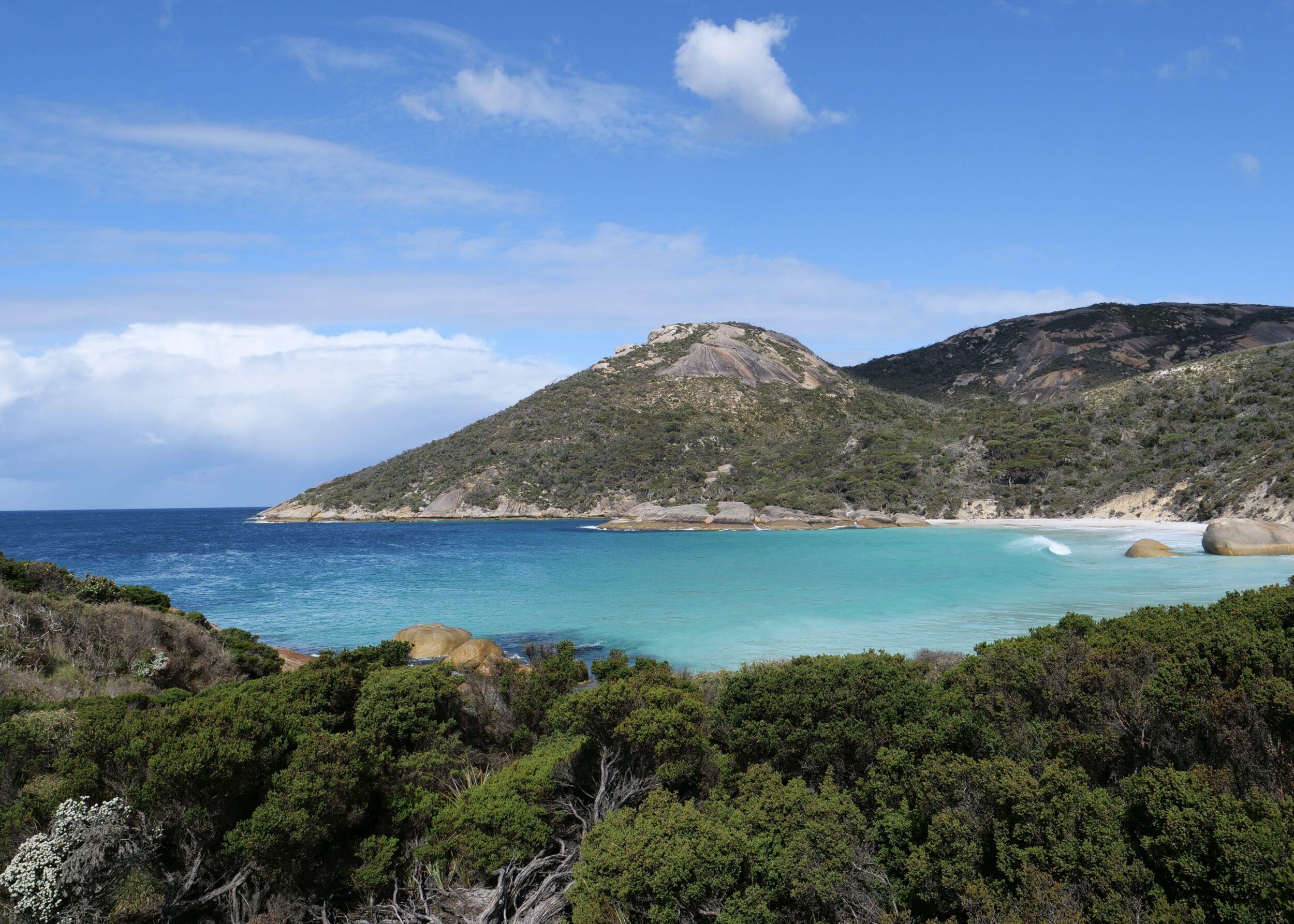For most of the 20th century, the buying, flying and waving of flags was not really a mainstream Australian “thing”.
Big crowds flocked to see and greet “Liz & Phil”, but most hands were empty, or waving streamers rather than national flags.
In photos, flag-wavers “stood out” precisely because they were the exception…and because flag-wavers liked to be at the front of the pack.
(click here for a raft of illustrative images)
In 2025-vintage Australia, “the royals” no longer loom large in our collective consciousness, but Australian flags – albeit, UK-accented ones, still – have never been “bigger”.
All photos were taken yesterday, as brightly-flat Australia Day sunshine illuminated a veritable “orgy” of flag-flying.
One Comment
